features
Bugs and insects are the sustainable food of the future – it’s time to stop squirming at them
22 Apr 2022
6m
For many, the concept of eating bugs and insects has almost become synonymous with I’m A Celebrity…Get Me Out Of Here! – instantly, the mind flickers to Gillian McKeith flailing around, and fainting at the sight of a mealworm.
But whilst we may be used to watching C-list celebrities fight back vomit at the prospect of one or two cockroaches, it’s worth remembering that very real conversations are happening behind the scenes about how creepy-crawlies could eventually be integrated into our own meals.
You see, those of us turning our noses up at bugs are actually millions of years behind the times. Their consumption can be traced back to the very beginnings of mankind, and there are even references to eating critters in the Old Testament and Ancient Greek scriptures.
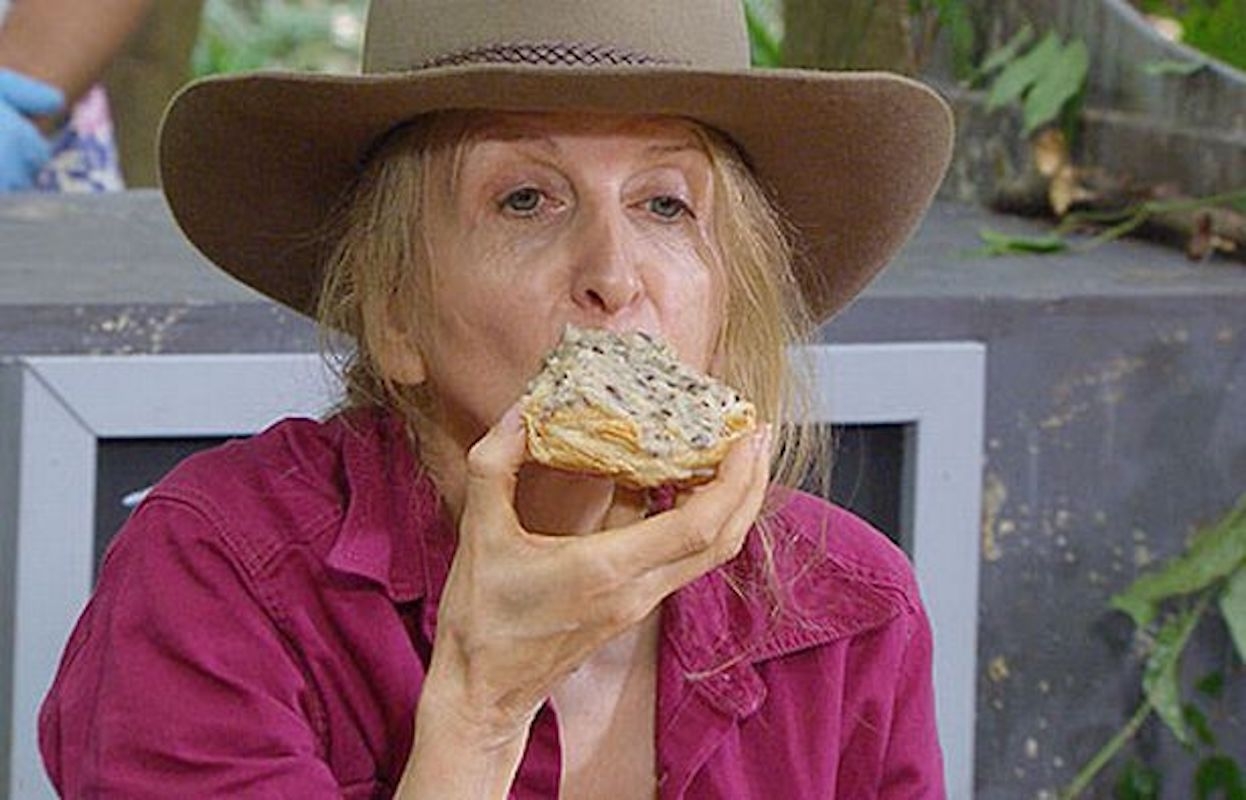
Gillian McKeith during an I’m a Celebrity eating trial (Credit: ITV)
It’s not just something that happened in the dark ages, either.
Bugs and insects have always been an integral part of cookery in some parts of Africa, Asia and South America, and two billion people around the globe are eating them as a regular part of their diets today.
Plus, the UN Food and Agriculture Organisation has been pushing Western countries to follow suit since 2013, hailing critters an “under-utilised” resource, with huge potential when it comes to sustainability and nutritional value.
So, is it possible that one day Ant and Dec’s beloved Bushtucker Trials will lose their shock factor, and eating bugs will become the norm?
Whilst we’re a long way from seeing insects as the starring ingredient in one of Pret’s lunch-time meal deals, or stacked in our local grocery store, they have been slowly and tentatively creeping onto the food scene here in the UK for quite some time.
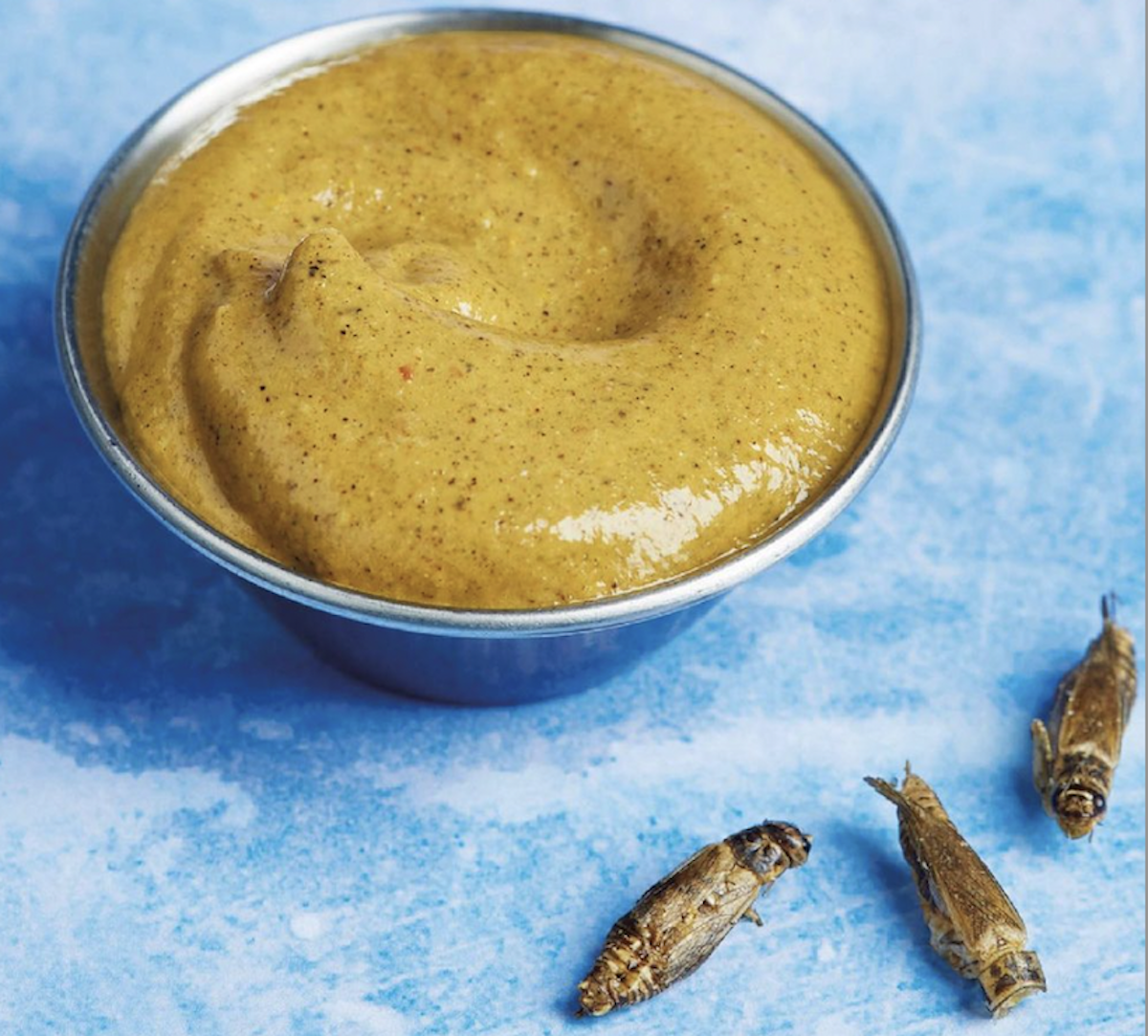
Wahaca’s cricket salsa was on the menu last summer (Credit: Wahaca)
Mexican restaurant chain, Wahaca, has been serving crickets on its menu intermittently since back in 2013, and we’ve seen many other establishments with cuisines from the Southern Hemisphere following suit, in a bid to offer more authenticity, and something new and exciting for punters.
Speaking about her decision to cook with critters, Wahaca’s co-founder, Thomasina Miers, says her main drive was to highlight ingredients that were “incredibly normal” to a Mexican palate.
“Travelling around Mexico, it’s quite common that you would have grasshoppers scattered on top of things or ground up into salsas,” she says.
“Ants eggs are called escamoles – they’re like Mexican caviar, and they’re really, really delicious…sweet, creamy, delicate tasting.
“Roast worms I remember being nutty and a kind of rounded flavour, and in the same way you’d roast garlic to get an extra umami note… you can use insects like that.”
The former Masterchef winner first introduced crickets on top of a queso fundido (a molten cheese dish), before making brownies out of cricket flour, grinding the insects into salsas and even adding them to guacamole.
“Nowadays it’s definitely less of a gimmick,” she says. “I think when people come to a restaurant like ours, they’re willing to try [insects]. There’s a curiosity there”.
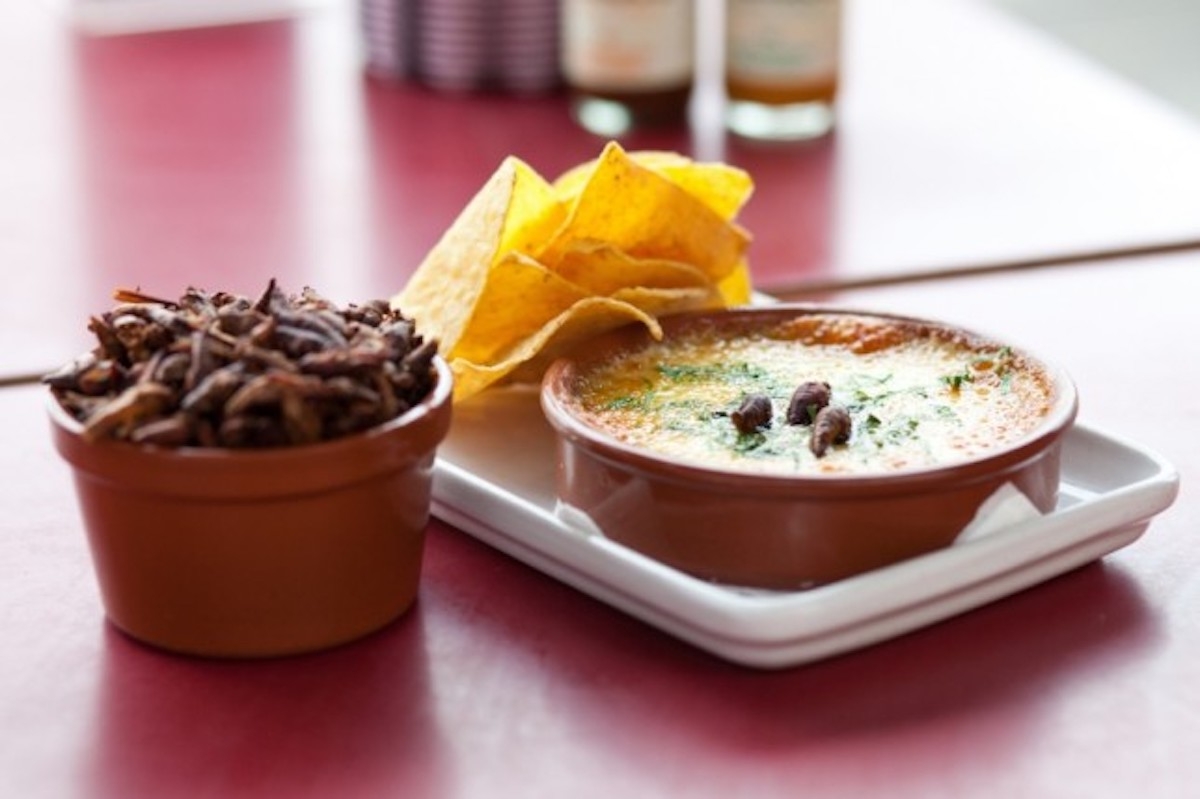
Wahaca’s cricket queso fundido (Credit: Wahaca)
However, she acknowledges a difference between eating an insect when out for a Mexican meal, and welcoming them into our kitchens.
“People are squeamish about cooking a whole chicken,” she laughs. “So I think we’ve still got a long way to go”.
Thomasina might be right about our hesitancy to fully adopt bugs into our diets, as Eat Grub were the first company to hit UK supermarkets when they launched roasted crickets in Sainsbury’s back in 2018, and the products are no longer on shelves.
That’s not to say there isn’t huge potential, though.
“I think it just needs a few bold, big players to get involved,” says Peter Smithers, an entomologist and associate research fellow at the University of Plymouth.
“We need celebrity endorsements. We need a big brand to bring out a range of insect-based food, and generally we just need more talk about it.”
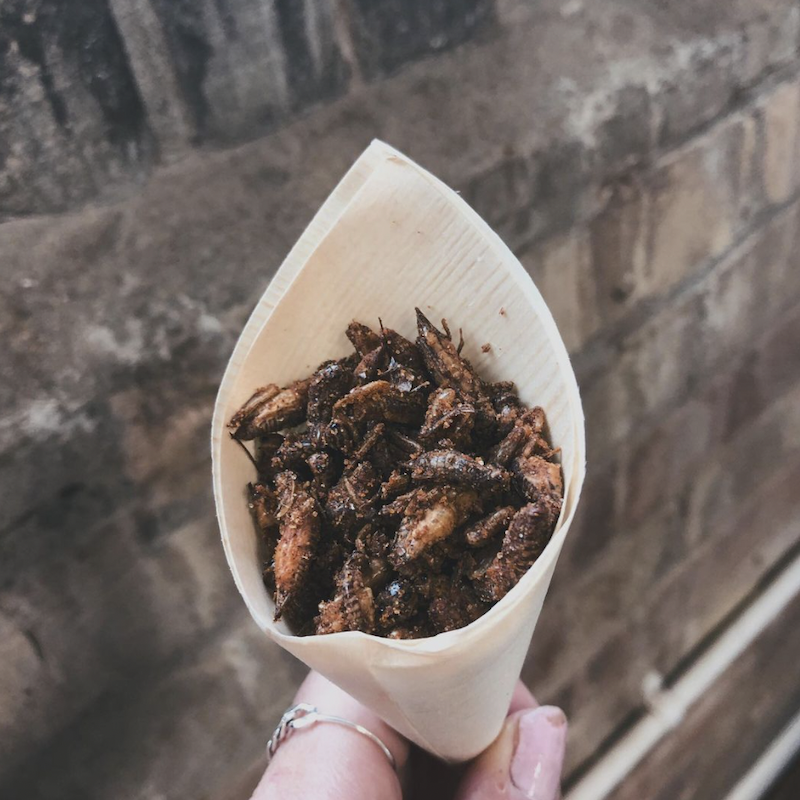
Eat Grub’s roasted crickets have hit supermarkets in 2018 (Credit: Instagram/ Eat Grub)
One company hoping to make its mark is Yum Bug, founded by young entrepreneurs, Leo Taylor and Aaron Thomas.
Having blown up over lockdown, after sharing their bug infused recipes on Instagram, the pair have now created their own meal-kits so that shoppers can recreate the likes of smoky BBQ cricket tacos or a teriyaki cricket stir fry at home.
Leo – who was born in Sri Lanka, and grew up eating insects – says his main objective was creating meals that were “tasty” and got people discussing edible insects in a more positive way.
And whilst you might shudder at the thought of chucking whole crickets (legs and all) into your pan, he explains the aim is to target the non-squeamish and genuinely curious first, and then eventually “normalise it for the rest of society”.
“We saw this with veganism, which started with cranks cooking plant-based at home,” he tells Twisted. “Then restaurants and bars got on board, and it went mainstream.”
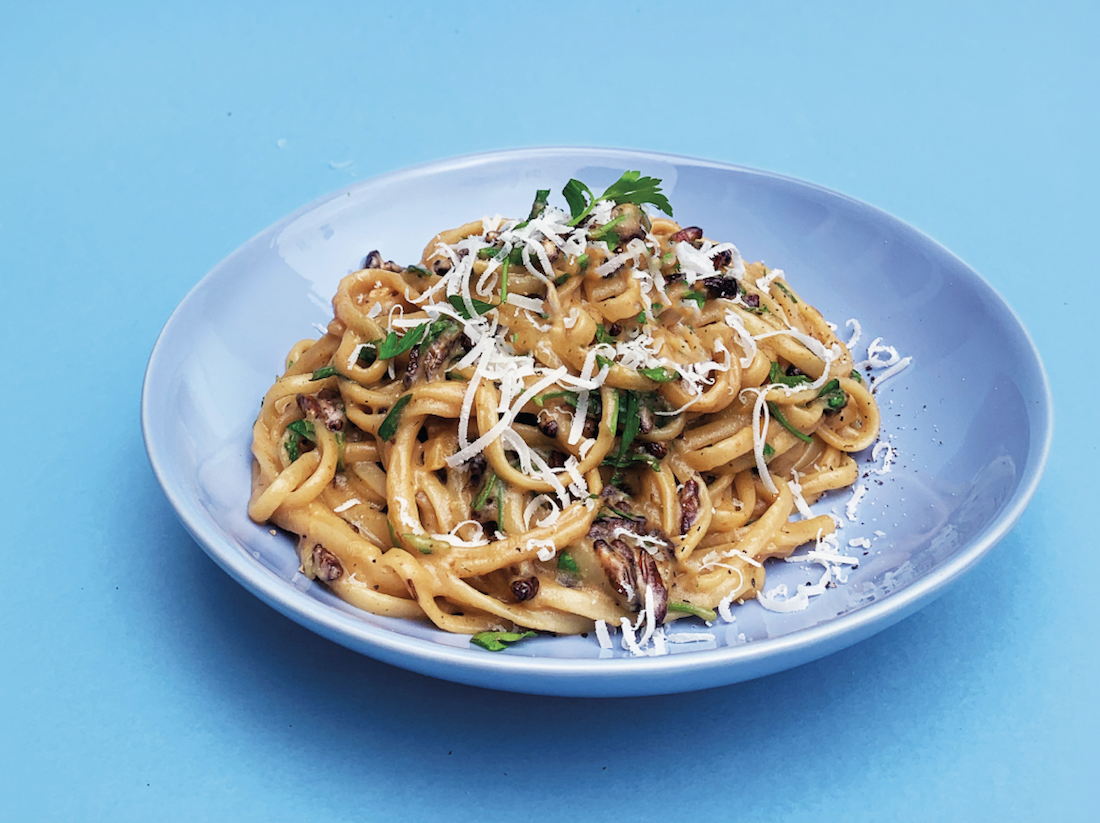
Yum Bug’s cricket carbonara (Credit: Yum Bug)
Yum Bug’s business plan is ambitious, and whilst the brand’s future remains to be seen (their kits launched to the masses at the start of December 2021) food trends analyst, Brandt Maybury, from Tastehead, confirms that Leo’s right about one thing: there certainly is intrigue around the consumption of critters.
A recent report from Barclays suggests that the edible bug industry is set to be worth $6.3 billion (£4.6 billion) by 2030, and according to YouGov, around half (48 per cent) of 18 to 24 year olds believe insects are the future of food.
The drive for many of these consumers? Their carbon footprint.
“In the last five years, working with food brands, we’ve really seen how environmental impacts are becoming more and more important. It’s something I’ve seen has grown exponentially,” Brandt says.
“A lot of people are moving to plant-based diets, but then finding that certain plant-based foods aren’t as sustainable as they were originally believed to be. so [insects are] very exciting”.
The statistics don’t lie, either.
To rear one kilogram of beef, you need 10 kilograms of feed, whereas one kilogram of crickets need just 1.7 kilograms. Every kilogram of beef also needs 200 square metres of land, whereas a kilogram of crickets need just 15 square metres.
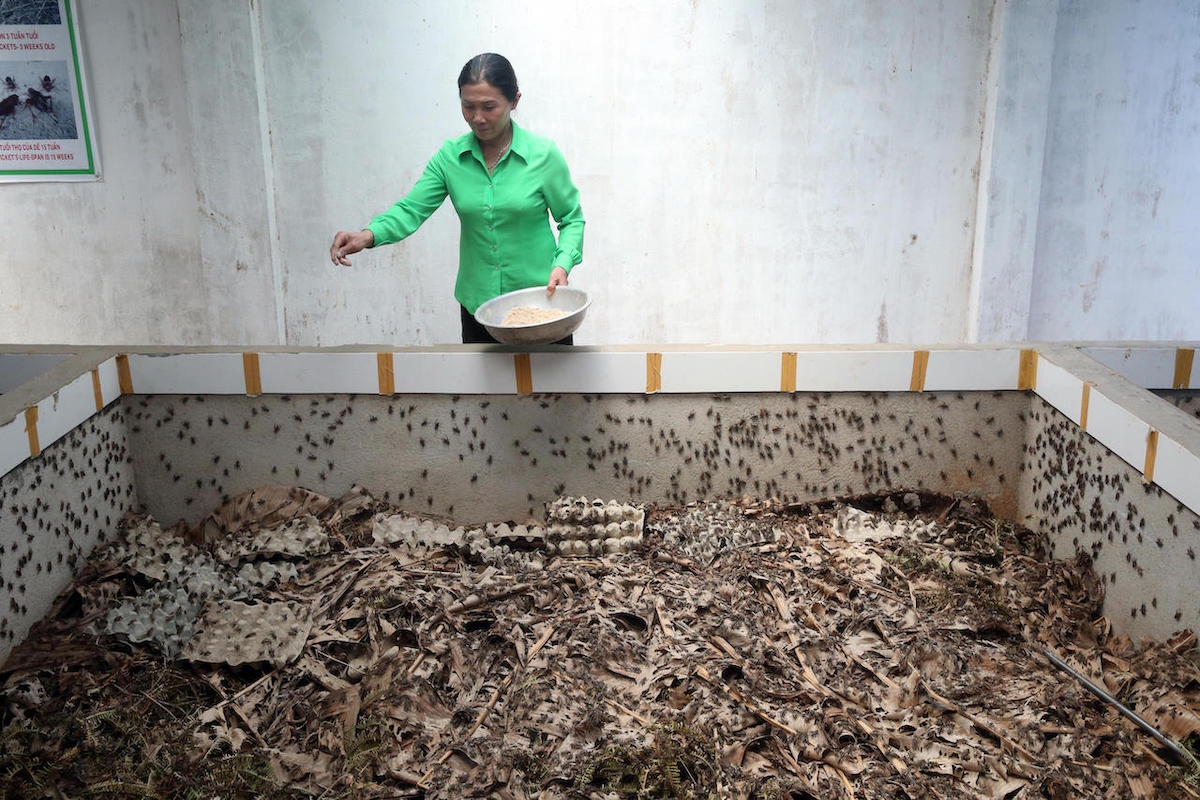
Crickets at an insect farm in Vietnam (Credit: Alamy)
And crucially, that one kilogram of beef uses 22,000 litres of water during production, whilst one kilogram of crickets require just one litre.
“One of the biggest questions of our time is ‘how do you feed a growing population?,” says Peter Smithers, in agreement.
“The current agricultural systems are not going to feed everyone by the time we get to 2050… there’s going to be 11 billion people on the planet and there will be famine and war.
“So, something needs to change.”
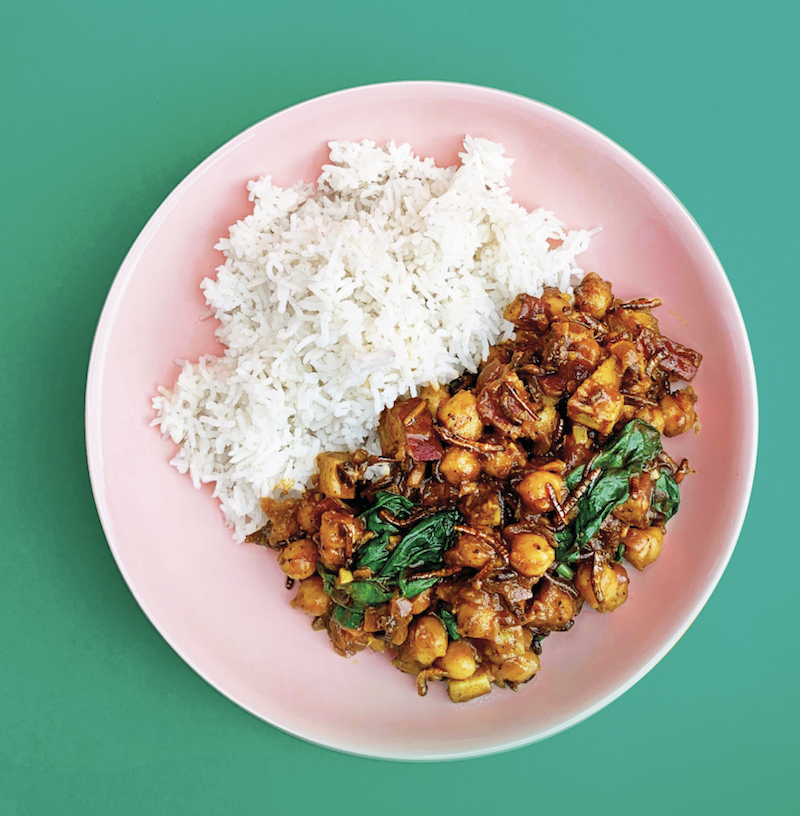
Yum Bug’s Goan mealworm curry (Credit: Yum Bug)
He adds that we shouldn’t turn our nose up at the nutritional potential insects offer, either, branding them “very comparable with efficient meats.”
“The levels of protein are very similar. The levels of micronutrients and the vitamins are very similar.
“Insects could be a game changer when it comes to enabling us to feed a growing world.”
Plus, compared to livestock, “insects are used to living in quite high densities already,” so many believe the farming process to be more ethical.
“We need a new food production system that is sustainable, uses less land and is better for the people who are eating it, and the answer is insects,” he says.
The biggest hurdle hitting the insect market at the moment is Brexit, which the expert adds has dealt a “crushing blow” to the industry.
While the EU was in the process of risk assessing every edible insect as part of its “novel food” regulation, there were transitional measures in place to help businesses authorise their products via the EU Food Standards Agency.
However, in August 2021, the British Food Standards Agency took over, meaning many British companies had to start again from scratch, rendering all insect products essentially unregulated in the interim.
Some insect brands have had to temporarily shut up shop, while others – like Yum Bug – have been told to move forward tentatively by local authorities.
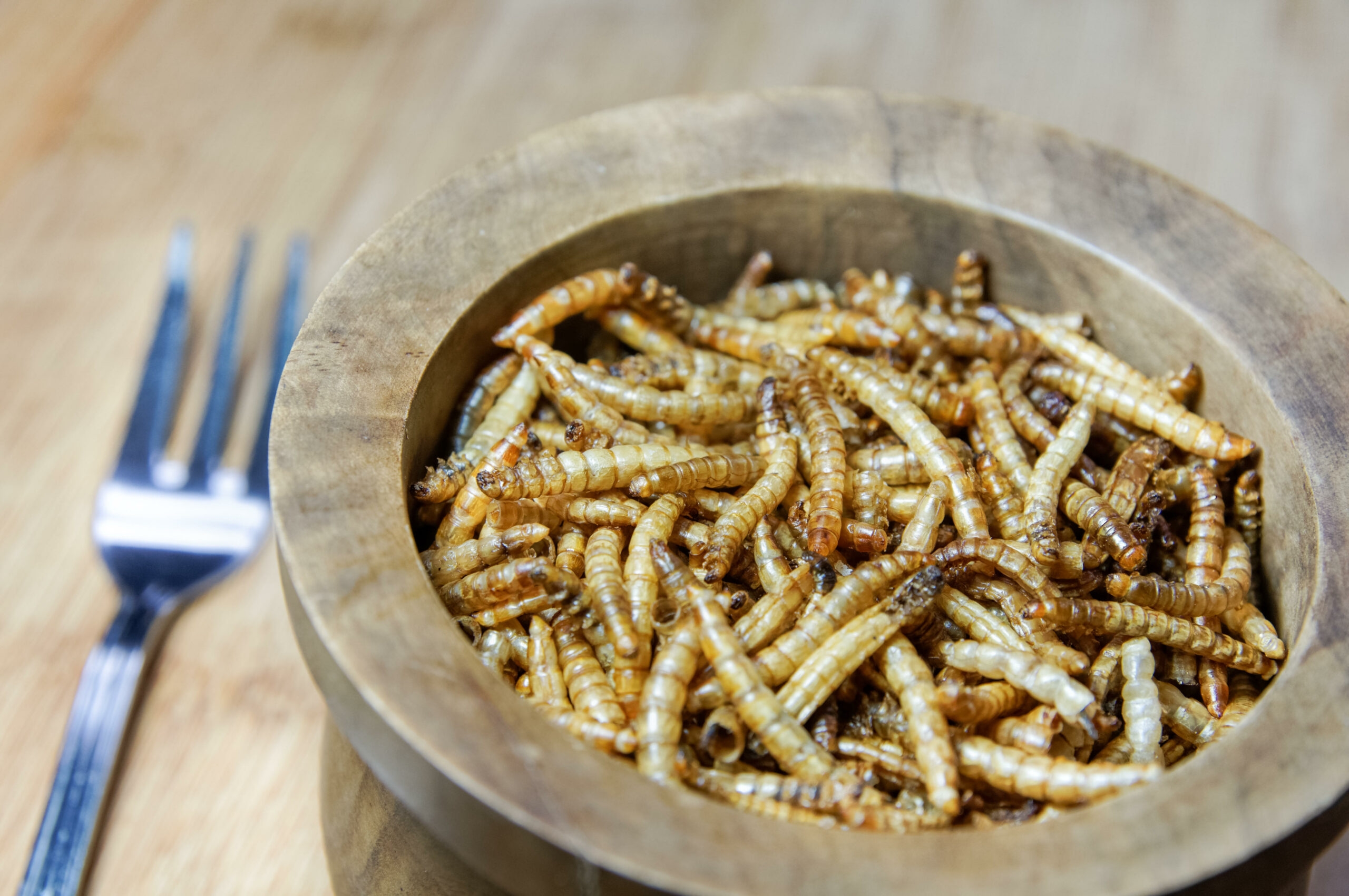
The future of edible insects is still up in the air (Credit: Alamy)
Ultimately, entomologists are hoping the issue will be short-term, and are currently lobbying the government to change the regulations.
In the immediate future, it’s much more likely we’ll see critters being used to feed other livestock – a sustainable plan discussed at length during the recent UN COP26 summit, and one that both Peter and Thomasina wholeheartedly champion.
As for when we’ll see bugs and insects in our cupboards at home? That’s still up in the air. But we think Yum Bug’s Leo sums it up nicely when he says: “80 per cent of countries eat insects. So, in many ways we’re the weirdos.”



.jpg_dU0O4c?tr=w-2560,f-webp,q-70)